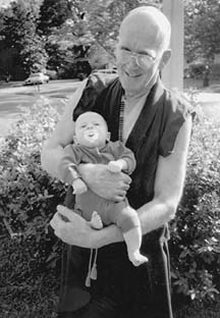
Colin Macmillan Turnbull was a British-American anthropologist who came to public attention with the popular books The Forest People and The Mountain People, and one of the first anthropologists to work in the field of ethnomusicology.

Charleston is the largest city in the U.S. state of South Carolina, the county seat of Charleston County, and the principal city in the Charleston–North Charleston metropolitan area. The city lies just south of the geographical midpoint of South Carolina's coastline on Charleston Harbor, an inlet of the Atlantic Ocean formed by the confluence of the Ashley, Cooper, and Wando rivers. Charleston had a population of 150,277 at the 2020 census. The 2020 population of the Charleston metropolitan area, comprising Berkeley, Charleston, and Dorchester counties, was 799,636 residents, the third-largest in the state 8th largest in the Deep South and the 74th-largest metropolitan statistical area in the United States.
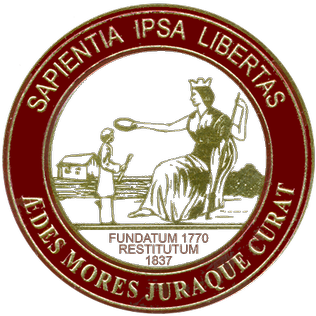
The College of Charleston is a public university in Charleston, South Carolina. Founded in 1770 and chartered in 1785, it is the oldest university in South Carolina, the 13th oldest institution of higher learning in the United States, and the oldest municipal college in the country. The founders of the institution include three future signers of the Declaration of Independence, and three future signers of the United States Constitution.

The Gullah are an African American ethnic group who predominantly live in the Lowcountry region of the U.S. states of Georgia, Florida, South Carolina, and North Carolina, within the coastal plain and the Sea Islands. Their language and culture have preserved a significant influence of Africanisms as a result of their historical geographic isolation and the community's relation to their shared history and identity.
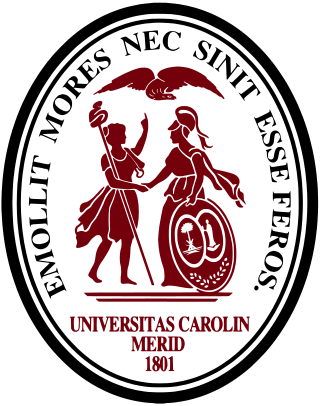
The University of South Carolina is a public research university in Columbia, South Carolina. It is the flagship of the University of South Carolina System and the largest university in the state by enrollment. Its main campus is on over 359 acres (145 ha) in downtown Columbia, close to the South Carolina State House. The university is classified among "R1: Doctoral Universities with Highest Research Activity". It houses the largest collection of Robert Burns and Scottish literature materials outside Scotland and the world's largest Ernest Hemingway collection.

The Lowcountry is a geographic and cultural region along South Carolina's coast, including the Sea Islands. The region includes significant salt marshes and other coastal waterways, making it an important source of biodiversity in South Carolina.
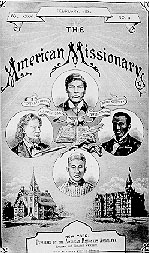
The American Missionary Association (AMA) was a Protestant-based abolitionist group founded on September 3, 1846 in Albany, New York. The main purpose of the organization was abolition of slavery, education of African Americans, promotion of racial equality, and spreading Christian values. Its members and leaders were of both races; The Association was chiefly sponsored by the Congregationalist churches in New England. Starting in 1861, it opened camps in the South for former slaves. It played a major role during the Reconstruction Era in promoting education for blacks in the South by establishing numerous schools and colleges, as well as paying for teachers.
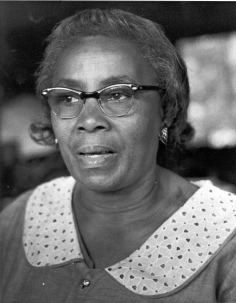
Septima Poinsette Clark was an African American educator and civil rights activist. Clark developed the literacy and citizenship workshops that played an important role in the drive for voting rights and civil rights for African Americans in the Civil Rights Movement. Septima Clark's work was commonly under-appreciated by Southern male activists. She became known as the "Queen mother" or "Grandmother" of the Civil Rights Movement in the United States. Martin Luther King Jr. commonly referred to Clark as "The Mother of the Movement". Clark's argument for her position in the Civil Rights Movement was one that claimed "knowledge could empower marginalized groups in ways that formal legal equality couldn't."

Francis Lewis Cardozo was an American clergyman, politician, and educator. When elected in South Carolina as Secretary of State in 1868, he was the first African American to hold a statewide office in the United States.
Esau Jenkins was a South Carolina African-American Human Rights leader, businessman, local preacher, and community organizer. He was the founder and leader of many organizations and institutions which helped improved the political, educational, housing, health and economic conditions of Sea Island residents.

Horace Day, also Horace Talmage Day, was an American painter of the American scene who came to maturity during the Thirties and was active as a painter over the next 50 years. He traveled widely in the United States and continued to explore throughout his life subjects that first captured his attention as an artist in the Thirties. He gained early recognition for his portraits and landscapes, particularly his paintings in the Carolina Lowcountry.
The following is a timeline of the history of Charleston, South Carolina, USA.
Burnet Rhett Maybank Jr. was an American lawyer and politician in the state of South Carolina. He was the son of Governor of South Carolina and Senator Burnet Maybank. Maybank was educated at The Citadel, The Military College of South Carolina from 1941 to 1942, and served in World War II with the United States Army Air Corps, participating in 31 combat missions over Western Europe. He later attended the University of South Carolina, graduating with a LL.B. in 1950. He was also admitted to the South Carolina bar that same year and practiced law in Greenville, South Carolina and Charleston, South Carolina. Maybank served as a Democrat in the South Carolina House of Representatives from 1953 to 1958. He later served as Lieutenant Governor of South Carolina under governor Fritz Hollings from 1959 to 1963.
Elise Forrest Harleston is known as South Carolina’s first female African-American photographer. She was also one of the first Black female photographers in the United States.
Edwin Augustus Harleston was an American artist and founding president of the Charleston, South Carolina, branch of the National Association for the Advancement of Colored People. He is known for his realistic portraits inspired by classical paintings. He was excluded from the whites-only artistic movement known as the Charleston Renaissance.

Bernice Robinson (1914–1994) was an American activist in the Civil Rights Movement and education proponent who helped establish adult Citizenship Schools in South Carolina. Becoming field supervisor of adult education for the Southern Christian Leadership Conference (SCLC), she led political education workshops throughout the south, in Alabama, Louisiana, Mississippi, Tennessee, and other states to teach adult reading skills so that blacks would be able to pass literacy tests to vote. Between 1970 and 1975, Robinson worked for the South Carolina Commission for Farm Workers, supervising VISTA workers and directing day care centers. In both 1972 and 1974, she unsuccessfully ran for the South Carolina House of Representatives, becoming the first African American woman to run for a political office in the state.

The Halsey Institute of Contemporary Art is a non-profit, non-collecting contemporary art institute within the School of the Arts at the College of Charleston in Charleston, South Carolina. The HICA presents contemporary art exhibitions by emerging or mid-career artists. The Halsey is housed in the Marion and Wayland H. Cato Jr. Center for the Arts at 161 Calhoun Street, in the heart of downtown Charleston. The Halsey features two gallery spaces, the Deborah A. Chalsty Gallery and the South Gallery, which includes a total of 3,000 sq. feet in exhibition space. Mark Sloan was Director and Chief Curator of the Halsey from 1994 - 2020. Katie Hirsch became the director in April 2021.
Sally Seymour, was an African American pastry chef and restaurateur. Seymour built up an elite culinary business in Charleston, South Carolina and was one of a few African American business owners at the time. She influenced food styles in Charleston through her restaurant and the numbers of chefs she trained.
William Demosthenes Crum, alternatively known as William Demos Crum, was an African American physician and diplomat.
Millicent Ellison Brown is an American civil rights activist and educator best known for being one of the first people to racially integrate public schools in Charleston, South Carolina in 1963. She also founded the "Somebody Had to Do It" project.














